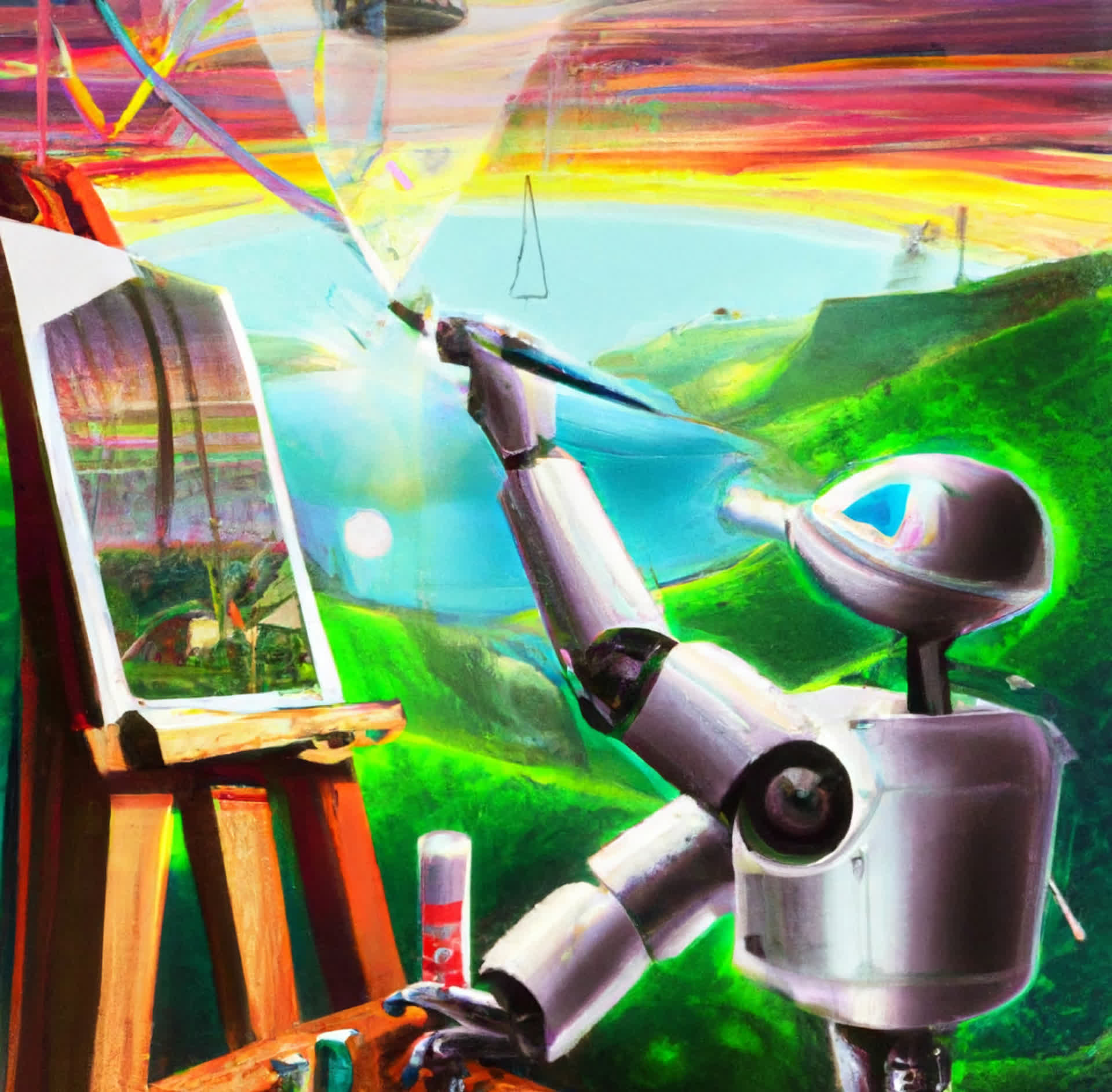A hot potato: Producing 3D artwork for video games or other projects can be grueling and tedious – a job ideal for AI automation. A young startup is attempting to fulfill that niche, but a recent report alleges that it exports the work to low-wage contractors instead of having a machine do all the work.

According to a lengthy report from 404 Media, AI startup Kaedim's 2D-to-3D generative tools lean more heavily on human labor than initially disclosed. In at least some cases, the AI's output is entirely human-generated.
The company claims its AI model transforms 2D input from users into 3D models for use in games or other productions, shortening an often exhausting step in some workflows. Its cheapest monthly subscription allows users to generate 10 models per month for $150, and the mid-tier option charges $300 for 20 models a month. The premium "Studio" plan allows for an undisclosed number of models at quick turnaround for $1,000 monthly with 1:1 support.
However, sources told 404 that Kaedim employed human artists to rapidly produce the models for about $1 to $4 per model. Furthermore, the company expects them to complete each submission within 15 minutes.

When Kaedim's job listings for 3D artists were first discovered last year, founder and CEO Konstantina Psoma responded with a Medium post explaining that the human artists touch up the AI's output and help train the algorithm. After 404's report, the company updated its website to acknowledge the workers' input more clearly. Kaedim plans to introduce a wholly automated model by the end of this year, open to a broader customer base.
Despite the admission, 404's sources claim that some artists only saw the original 2D image before creating a 3D model from scratch, making their work full-blown production at low pay rather than simple quality control. It's currently impossible for anyone outside the company to know exactly how good its AI model is, but sources say some of its results are outright unusable.
The revelation helps shed more light on the often unacknowledged human labor crucial to generative AI. ChatGPT depends on over 1,000 workers worldwide to maintain its hardware and improve its results. That labor force includes contractors from East Africa who received only a few dollars an hour to filter out extremely graphic content, leaving some traumatized.
https://www.techspot.com/news/100076-startup-ai-made-3d-models-2d-art-actually.html